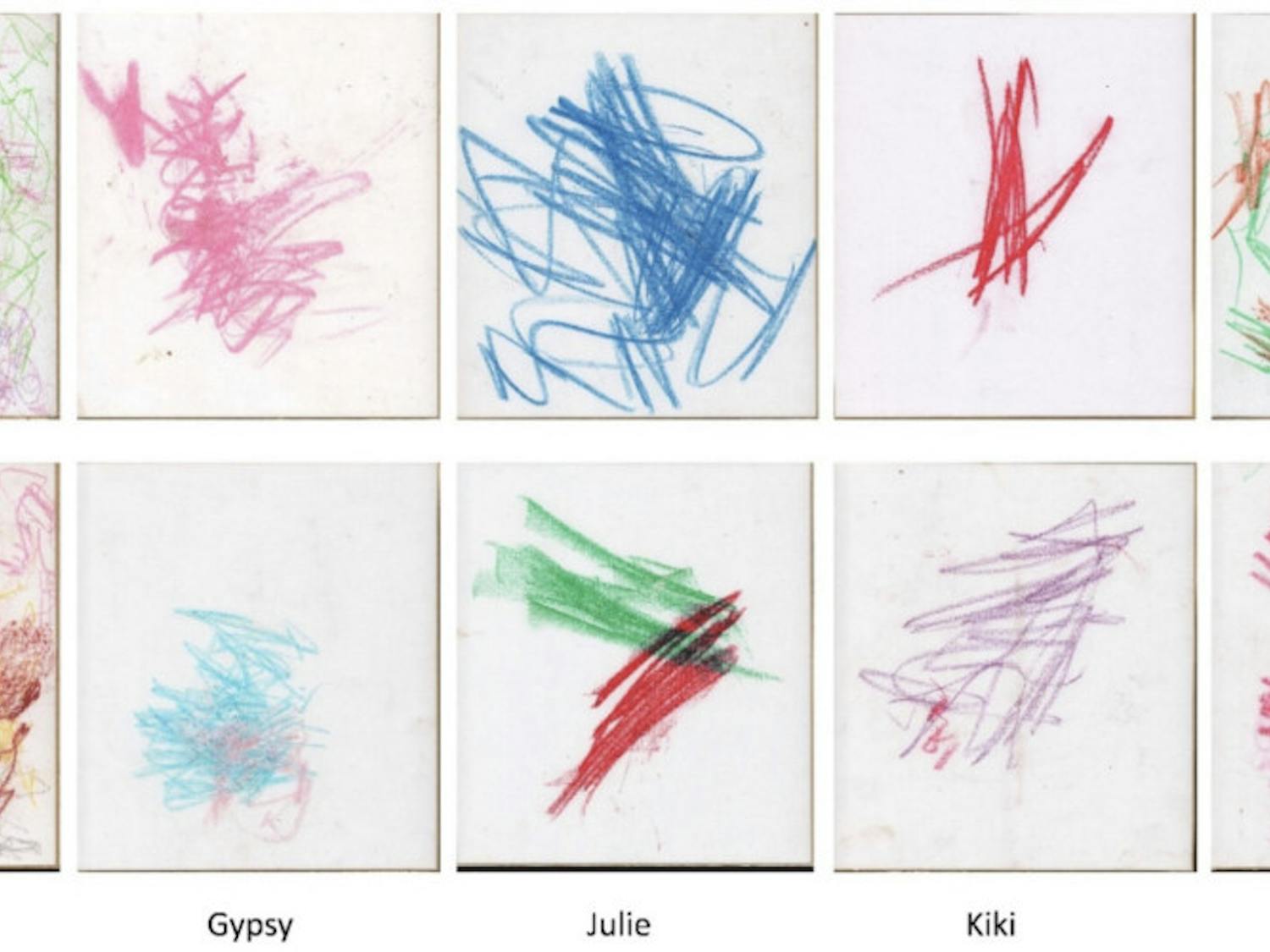Collaboration between universities yields novel biodetection methods using proteins, silk
By Sarah Sandlow | February 21Imagine if there were ways for your mask to detect a COVID-19 infection or your bra to detect signs of breast cancer. Researchers at Tufts University and the University of Washington are working to make these speculations a reality. Labs at the two universities recently developed a novel way to detect viruses, toxins and other biomarkers through the use of de novo protein switches in a silk fibroin matrix. The research, published in Advanced Materials in December 2022, stemmed from a collaboration between the Silklab at Tufts and the Institute for Protein Design at the University of Washington.












